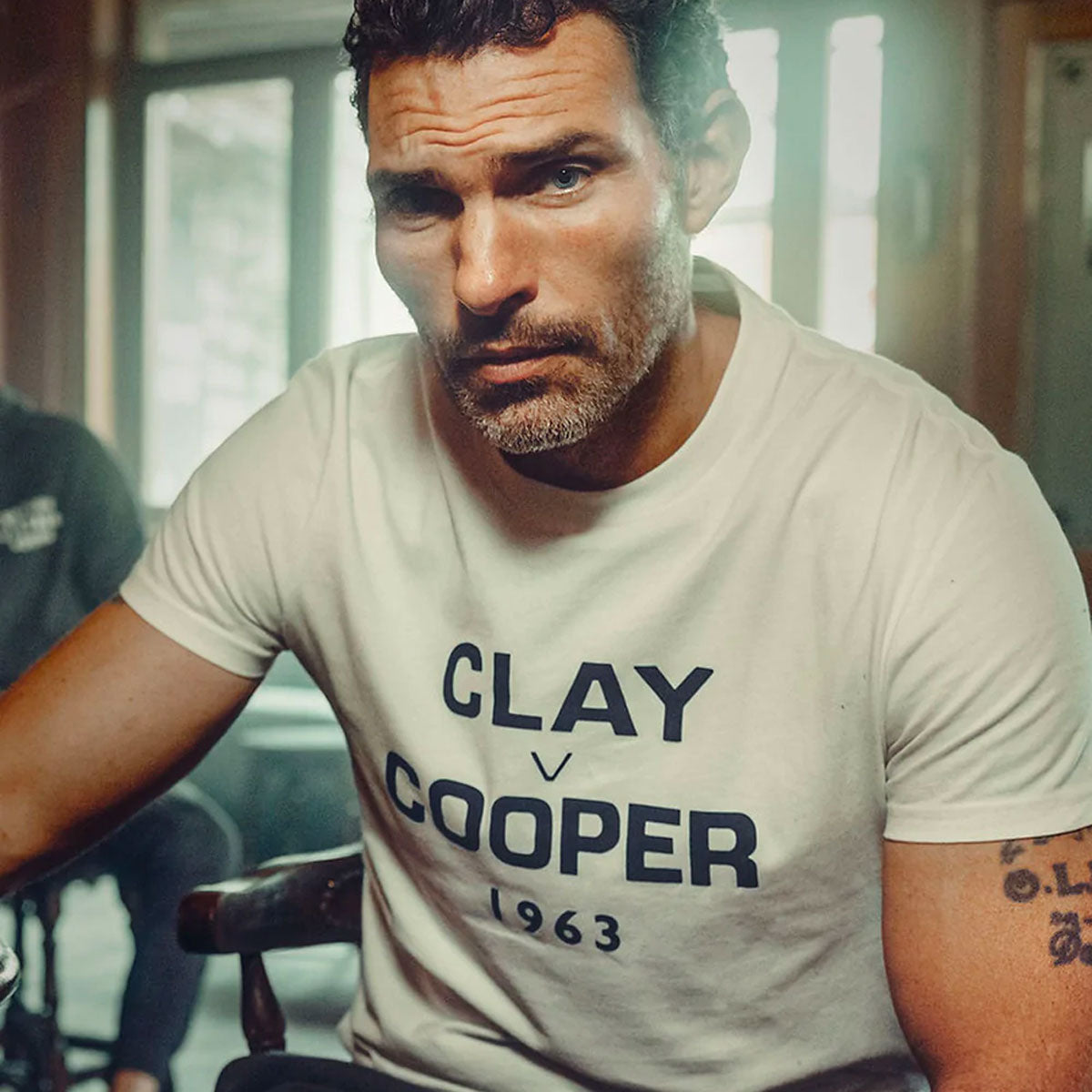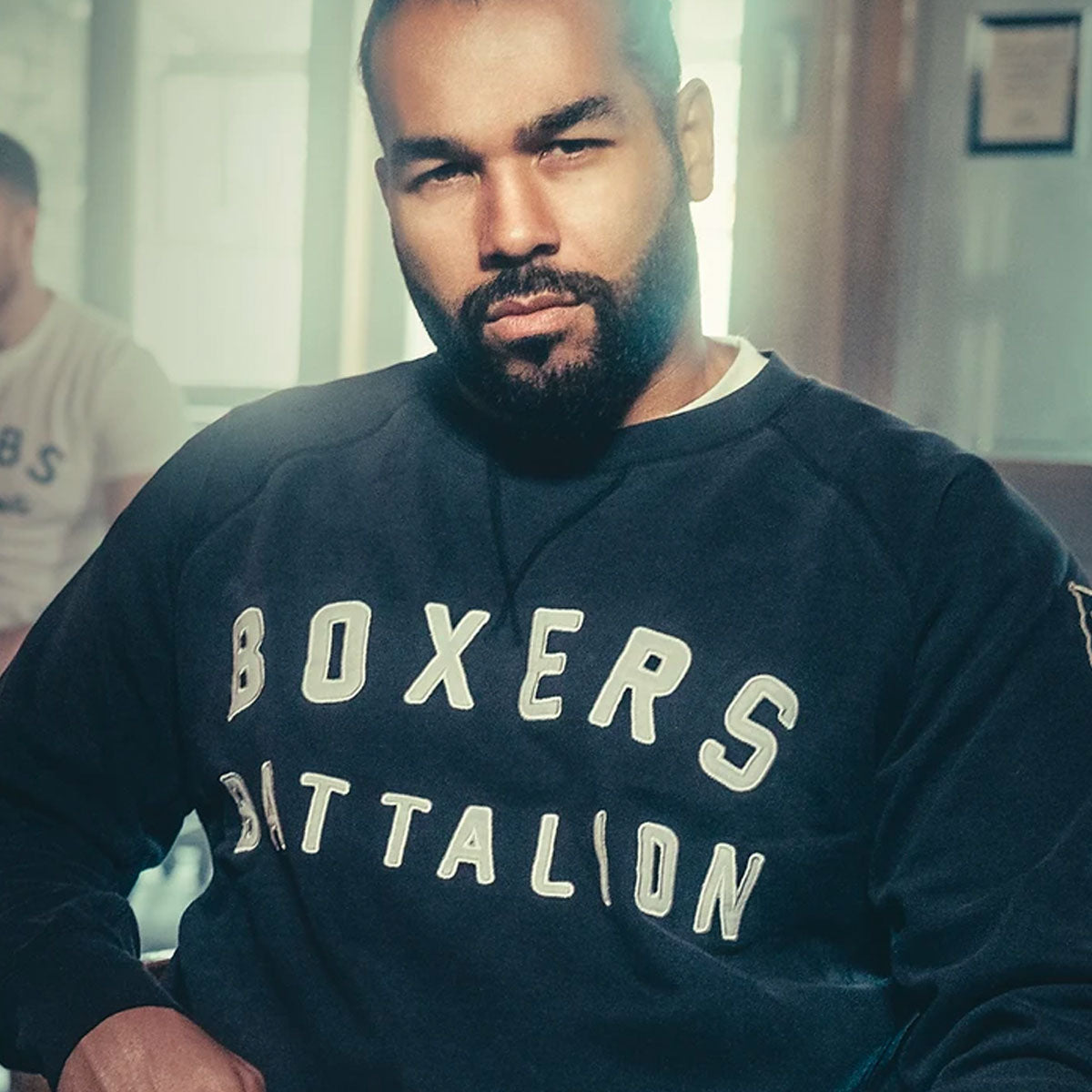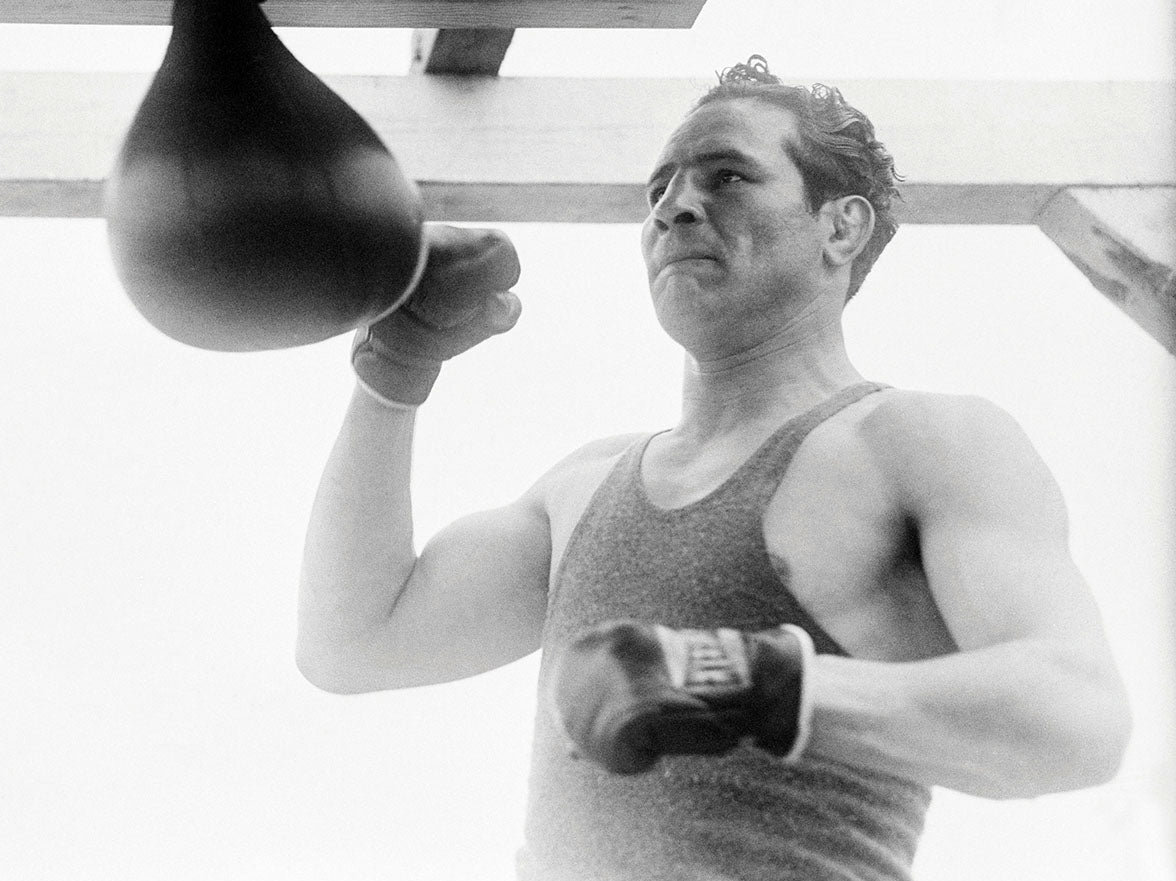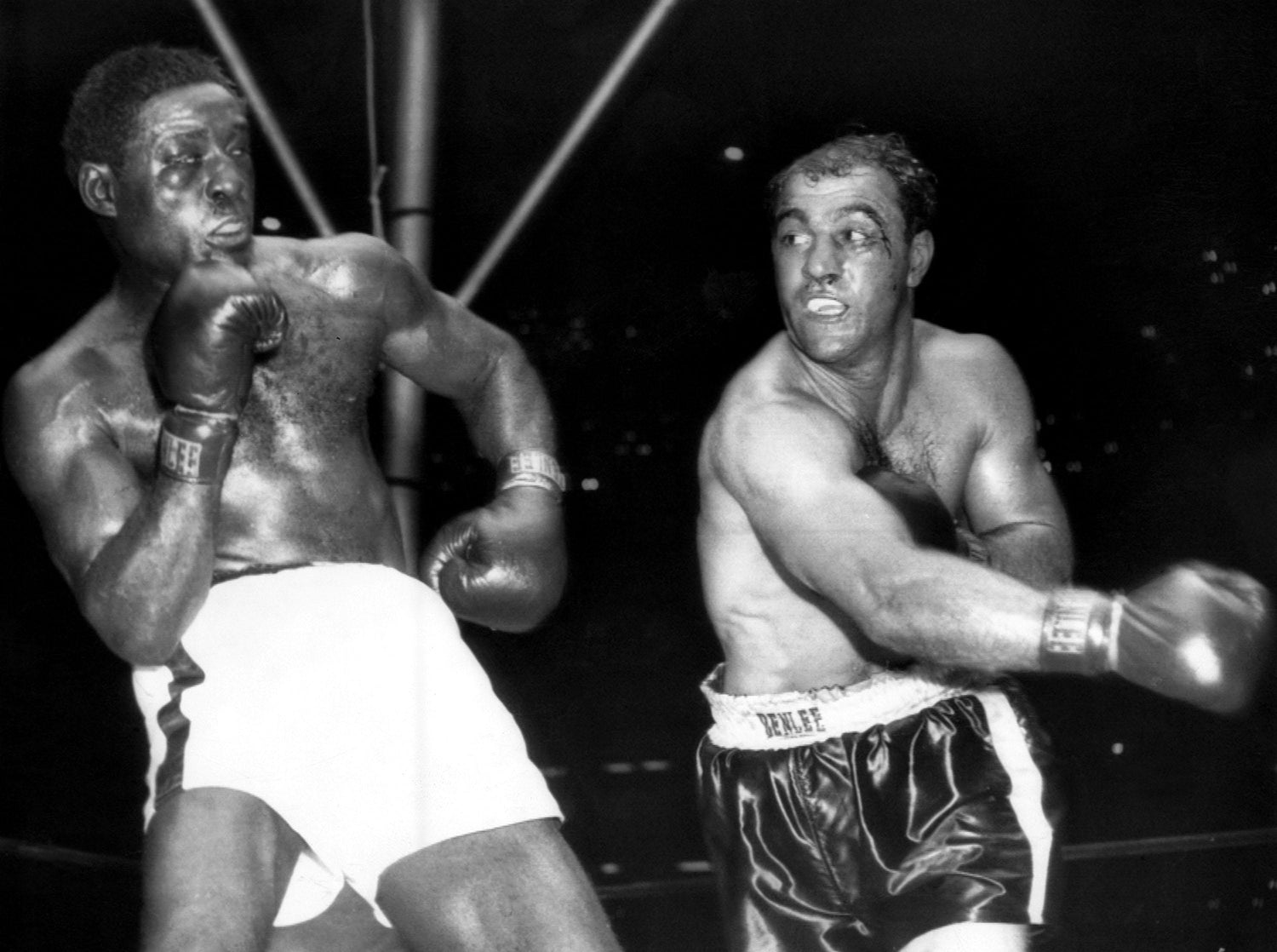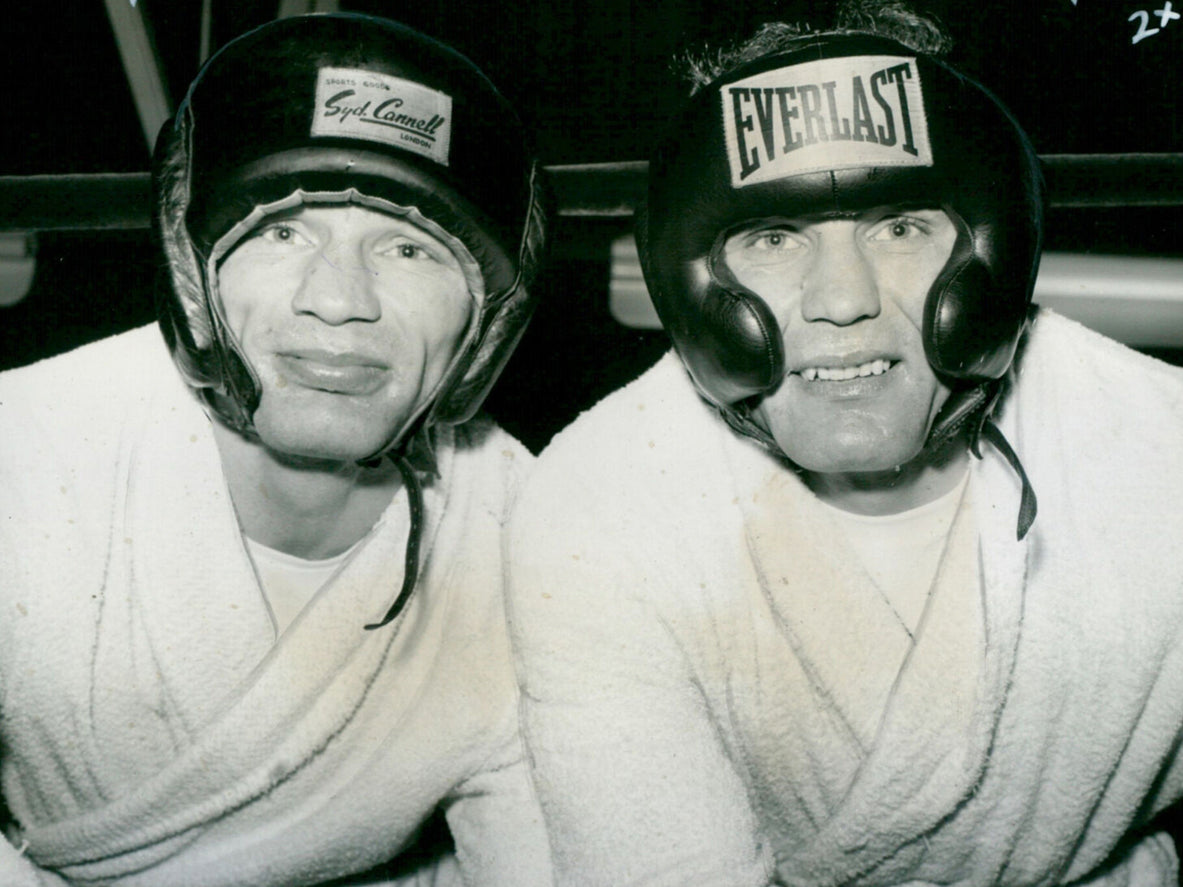“I never pretended to be a boxer, but they forced me to get to the top”. Max Baer
If you mention Omaha, Nebraska and boxing in the same breath, most will think, ‘Terence Crawford.’ However, very few of the boxing cognoscenti know that a certain Maximilian Adelbert Baer was born there on 11 February 1909. Shortly after birth, his family relocated to Colorado and then eventually to Livermore, California in 1926.
Max’s father, Jacob was from German Jewish decent and his mother, Nora was a Catholic from Irish-Scottish roots. There’s varying accounts as to Baer being a practicing Jew or Catholic as a child, but all accounts point towards him being a ‘good kid,’ and protective over his sisters and younger brother, Jacob, who was better known in boxing circles as Buddy.
Baer dropped out from school in the eighth grade, opting to work alongside his father, a butcher on a cattle ranch, which contributed to his immense upper body strength. Although a natural sportsman, excelling in a number of disciplines at school, including, Basketball, football and baseball, boxing was never on his radar. However, that changed when one day he got involved with a man outside of a bar and knocked him out. When the gentleman regained his senses, impressed with his Maxie’s power, he urged him to become a boxer.
Standing at 6ft 2 ½ inches, with film star good looks and a rock-solid physique, Baer had his first professional bout on 16 May 1929 at the Oak Park Arena in Stockton, California. The 20-year-old debutant knocked out Chief Caribou in the second round and in the next eight weeks he stopped three opponents in the opening stanza.

Within 15 months from his debut, Baer boasted a record of 23 wins and three losses (two of the losses were via dubious disqualification decisions). The destructive puncher, known by some as ‘Madcap Maxie,’ was progressing nicely through the ranks with his fearsome reputation. However, on 25 August 1930, the 21-year-old prospect was dealt a tough hand in life.
Baer took on Frankie Campbell (real name Francesco Camilli) at Recreation Park, San Francisco. The 26-year-old had an impressive resume of 32 wins, four losses and three draws, with 26 knockouts to his name. However, Campbell was a natural light heavyweight and gave away 15lbs to 197lbs Baer on fight night. After getting knocked down in the second round, Baer rose to unload three solid right hands to Campbell’s head. The San Francisco Examiner reported that Campbell told his chief second, Tommy Maloney in the interval between the second and third rounds, 'Something feels as though it broke in my head.' Campbell won the next couple of rounds, but in the fifth session he was knocked out cold from a merciless attack from Baer. The Californian native never regained consciousness and died the next day as a result of the injuries sustained in the fight. Campbell’s wife was with him at his bedside and Baer was in the next room, inconsolable. Campbell’s wife forgave Baer and despite Max giving purses from future fights, the guilt he amassed from the contest was something he was never able to shake for the rest of his life. To make things worse, Baer was charged with manslaughter, but ultimately cleared, although he wasn’t allowed to fight in California for 12 months.

Max struggled for the next 12 months, losing to Ernie Schaff a few months after Campbell. Despite beating Tom Heeney four weeks later, Baer’s trademark knockout sting seemed to be on hold. He lost three of his next four fights over the next five months, including defeats against hall of famer, Tommy Laughran and Paulino Uzcudun. However, going into the back end of 1931, Maxie delivered 14 straight wins, beating some very credible opposition, including a rematch with Ernie Schaff on 31 April 1932 at Chicago Stadium.
By now, Jack Dempsey had become a part of Baer’s training detail, helping him with shorter range attacks. Despite a very competitive fight, which the judges struggled to separate the pair, Baer knocked Schaff out cold in the dying seconds of the tenth and final round. Back then you could be saved by the bell and that’s exactly what happened here, albeit Schaff was in a bad way. Associated Press wrote, ‘The bell deprived Baer of a knock-out victory. Two seconds before the fight ended Schaaf was knocked flat on his face, completely knocked out. He was dragged to his corner and his seconds worked on him for three minutes restoring him to his senses.’ Schaff complained of headaches after the fight and when he died six months later against Primo Carnera, the loss was partly attributed to Max’s beating.
On 8 June 1933 Baer took on former world champion and the bookies favourite, Max Schmeling in front of over 56,000 people at the Yankee Stadium in the Bronx. By now, Hitler’s presence was being felt throughout Europe and the U.S.A. and Baer certainly had no love for the abhorrent dictator. Despite being brought up a Roman Catholic, Baer’s father’s was of Jewish decent and the fight now had a political slant as he showed his pride for the Jewish people who were already starting to be persecuted by the Nazis. Baer consequently had the Star of David sewn onto his trunks, a symbol which stayed on them until his retirement. In what was deemed a career best performance, Baer stopped Schmeling in the tenth round of a tantalising contest which rightly gained recognition as Ring Magazine’s Fight of the Year for 1933.
The Schmeling victory propelled Baer into a world title shot, however, the opportunity to take on the world champion, man mountain, Primo Carnera didn’t happen for a whole year. Ironically though, the pair’s first encounter wasn’t in the ring, but under the glare of the Hollywood lights.
The same year Baer demolished Schmeling, ‘The Prizefighter and the Lady’ was released by MGM on the big screen. Baer played the main character Steve Morgan, acting alongside belle Myrna Loy. With Jack Dempsey taking on the role of promoter and Primo Carnera playing himself, the movie seemed to reflect Baer’s real life character in some detail, mirroring his penchant for women and partying. Carnera and Baer were both fellow film debutants, whereas Dempsey was somewhat of a pro by this stage behind the director’s lens.
Behind the soft focus of the camera, Baer took a beating in the on-screen battle with Carnera, rallying in the latter rounds and walking away with a draw. What Carnera didn’t realise was Baer was checking the mammoth Italian’s boxing style during the movie, preparing him for their eventual encounter the year after.
On 14 June 1934, at the Madison Square Garden Bowl, Long Island, Queens, Baer challenged Carnera for the world heavyweight title. Max weighed just under 210lbs and gave away three inches in height to the 264lbs behemoth. In front of a crowd shy of 60,000, the Livermore Larupper dropped Carnera three times in the opening round, twice in the second and once in the third. Despite some competitive rounds in the middle section of the fight, Baer controlled the fight with ease before stopping Carnera in the eleventh round. Da Preem had hit the canvas 11 times in total during the contest, but the most painful part was handing over the world title to his on-screen nemesis and now real life world champion, Max Baer.

Max Baer and Primo Carnera.
Unfortunately for Baer, his love of women, wine, fast cars, money, fame and the highlife fractured his performance in the ring. He was even quoted saying, ‘Listen. I don’t want to be one of these champions who fights once a year. I need to fight. Dames are expensive.’ The speed in which Baer was earning his purses was unfortunately far outpaced by his rate of expenditure, which constantly left him in a state of debt.
Almost a year to the day from winning the title, on 13 June 1935 Baer was defending it against Jim Braddock. The Pride of New Jersey entered the ring a 10-1 underdog mainly due to the number of losses he’d sustained in his career up to that point, boasting a record of 50 wins, 25 losses and seven draws, whereas Baer was 40-7. Unsurprisingly, Braddock carried the moniker of Cinderella Man, which later became the title for a Hollywood blockbuster starring Russell Crowe as Braddock.
As opposed to Baer who was wining and dining in the slipstream of ‘the good life,’ Braddock was literally hungry to fight, living through the Great Depression, knowing that victory could flip his family’s fortunes from begging, starvation and poverty to that of a steady meal on the table.

Baer versus Braddock 13th June 1935
Baer had an injured right hand, but nonetheless put on a lack lustre clowning performance, representative of someone who hadn’t taken his opponent seriously. Despite being the lighter puncher, Braddock’s tenacity and will to win marginally edged the scores his way. Just like that, Baer had lost his world heavyweight crown in his first title defence.

Just to clarify a point and make the distinction between the movies and reality - Ron Howard’s 2005 movie, The Cinderella Man, portrayed Baer as a cruel, unsociable and arrogant man, whereas in reality Max was a lovely, upbeat joker of a person. A true warming character. Yes, he was destructive in the ring, but he was no bully or ogre. In fact, Baer’s kindness and generosity to others outside of the ring was notable and he was known to walk the streets of San Francisco handing out silver dollars to the homeless. His manager, Ancil Hoffman had to intervene with Baer’s finances as he said, ‘He’d gladly give his entire fortunes away.’ After the fight, Baer said, ‘Braddock can use the title. He has three kids. I don’t know how many I have.’
Three months later on 24 September 1935, boasting a broken right hand and a chipped left wrist, Baer took on the best of the best, Joe Louis. At this stage the Brown Bomber was still climbing the ranks, but with the destructive trail he had already left behind him in his first 21 fights, this was a dangerous place for Baer to be.

Baer versus Louis tale of the tape.
Somehow, in front of over 84,000 fans at Yankee Stadium and the promise of a $180,000 purse, Baer managed to last until the fourth round. Despite pep talk from his cornerman, Jack Dempsey, Baer hit the canvas twice en route to the loss, which was the first time he’d ever hit the deck, albeit, he’d never received a vicious left hook from Joe Louis in any of his previous fights. At a later date, Baer said, ‘I define fear as standing across the ring from Joe Louis and knowing he wants to go home early.’

Baer versus Louis 24th September 1935.
Baer won his next 20 contests against nondescript opponents in six round bouts and in his next five fights lost on points to journeyman, Willie Davies. Six months later on 15 April 1937 he lost to the Tonypandy Terror, Tommy Farr in Harringay, over 12 rounds, then nine months later the pair rematched at Madison Square Garden and Baer gained a one-sided victory over 15 rounds.
In Baer’s last seven fights, he beat ‘Two Ton’ Tony Galento, but lost twice to Lou Nova, with his second encounter being Baer’s last outing on 4 April 1941, when he was stopped in the eight session.
Possessing one of the hardest detonating right hands in history, Max’s professional record read 66 wins (51KO’s) and 13 defeats. Coincidentally, his career spanned from 1929-1941, the same years as the Great Depression in America. Some say his wise-cracks and clowning around made the period a little easier endure.
Baer married twice – firstly to actress Dorothy Dunbar for two years and then a couple of years later to Mary Ellen Sullivan, who he remained with for the rest of his life. They had three children, one of whom, Max Baer Jr, became a household name in America playing Jethro Bodine in the Beverly Hills Hillbillies.
In retirement, Baer owned a successful nightclub, starred in over 20 movies and was still involved in the boxing industry. On 18 November 1959 he refereed a boxing match, and after the contest’s decision had been announced, 50-year-old Baer, vaulted over the ropes to the crowd’s amusement, before joining most of them at the local bar. Three days later, after checking into a hotel in Hollywood, Baer complained of feeling unwell and later that day died of a heart attack.
Max Baer was a natural born entertainer, a playboy, an actor, but let’s not forget he was a great human being and heavyweight champion of the world. Max was inducted into the International Boxing Hall of Fame in 1995 and left his mark as one of the hardest heavyweight punchers in history.
Paul Zanon, has had nine books published, with almost all of them reaching the No1 Bestselling spot in their respective categories on Amazon. He has co-hosted boxing shows on Talk Sport, been a pundit on London Live, Boxnation and has contributed to a number of boxing publications, including, Boxing Monthly, The Ring, Daily Sport, Boxing News, Boxing Social, amongst other publications.


